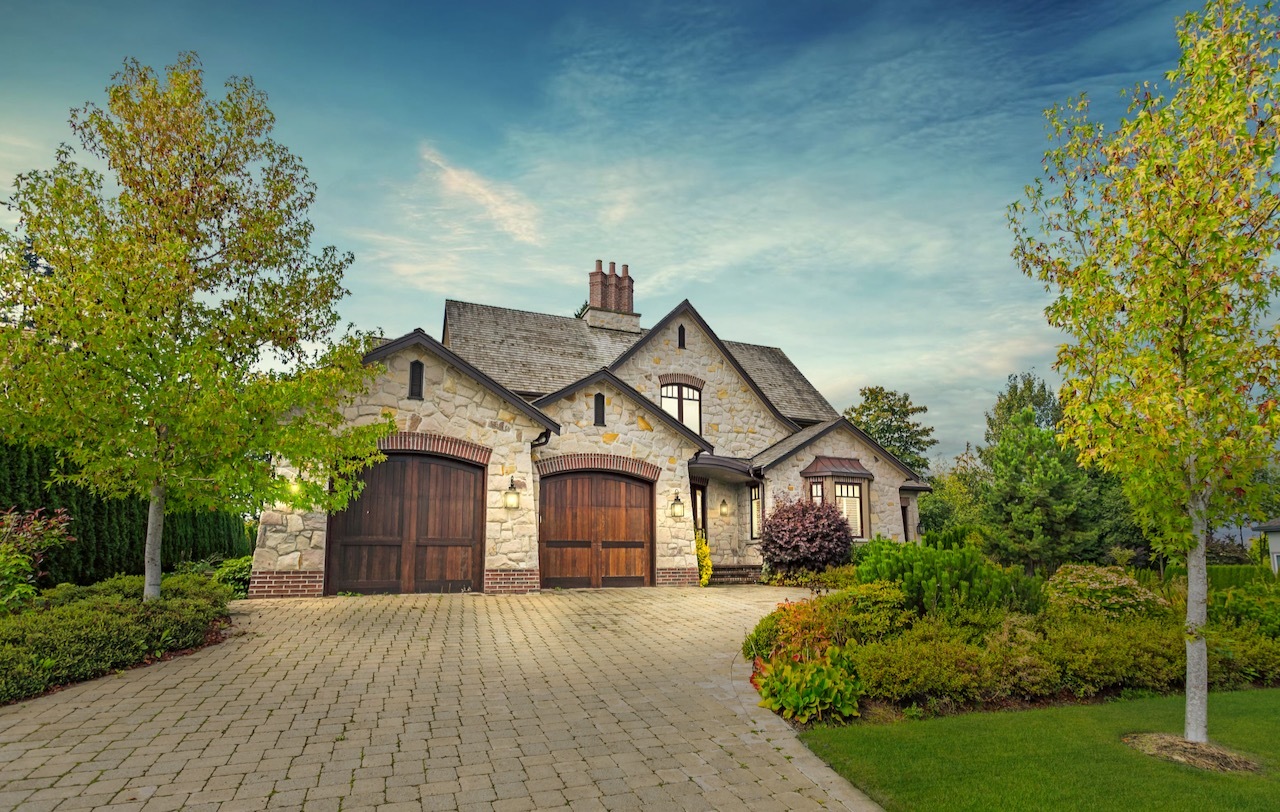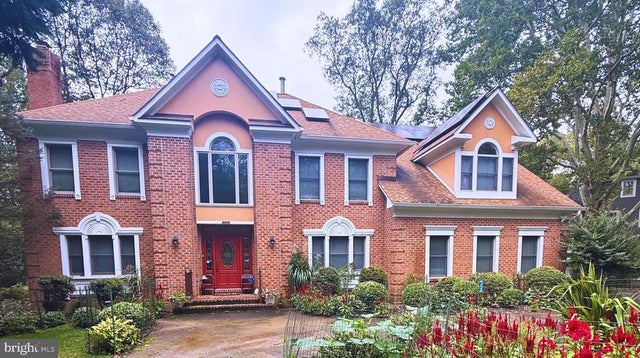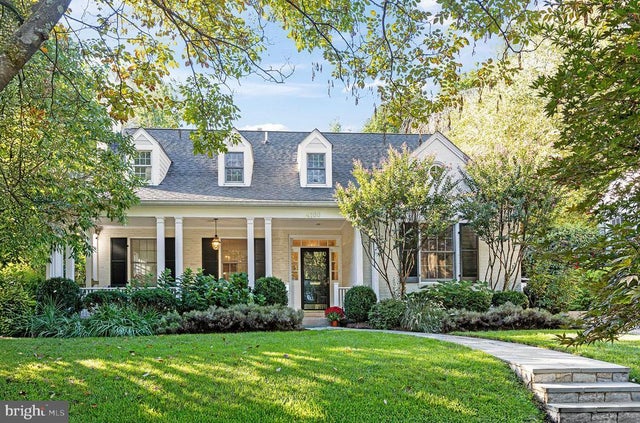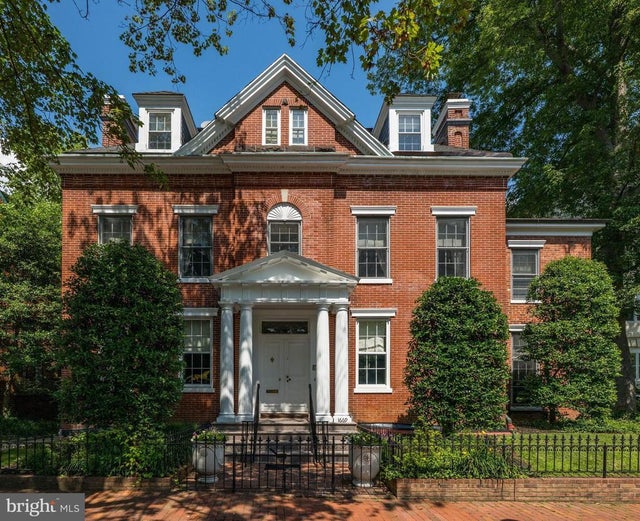Suburban Detached Homes Stats
| Average Price | $3.1M |
|---|---|
| Lowest Price | $1.5M |
| Highest Price | $60M |
| Total Listings | 1,299 |
| Avg. Price/SQFT | $511 |
Property Types (active listings)
Search Luxury Suburban Detached Homes
More About Luxury Suburban Homes, Washington Metro
If the above seems like a generalization, consider this: approximately three-fourths of our country’s population live in single-family homes. The Washington Metro area, which includes DC, parts of Virginia and parts of Maryland, is no exception. Look at a map of the region and you’ll notice countless residential neighborhoods surrounding a much smaller number of urban cores. As it turns out, suburbia isn’t actually a mythical subculture, it’s simply the larger fabric of the country. In the DC region, that translates to highly appealing towns, neighborhoods, and subdivisions, each with a unique story, and with a fascinating blend of real estate properties and architectural styles.
To some, the idea of a suburban home evokes images conjured from television or the movies. It’s the idea of a comfortably middle or upper middle class household in a split-level or ranch-style residence, in a neighborhood where every property looks pretty much like the one next-door. While the DC area does have its fair share of 1950s and 1960s inspired architecture, the historical timeline and design influences are much more varied.
After all, it’s one of the oldest parts of the country, and one that has steadily grown and evolved. What we now call suburbs were once farmland, sleepy villages, country estates, summer retreats, and streetcar communities. A vast network of verdant greenspaces lend perfectly to gracious homes tucked up against nature, and the presence of the mighty Potomac River with its forked branches and tributaries offers the opportunity for waterfront properties.
The suburbs of Washington, DC, Alexandria, Arlington, Fairfax County, Montgomery County, Loudoun County, and Prince George’s are not cookie cutter places. Each is different, each has its own character, and each has its own price points. From neighborhoods just a few miles north of the nation’s capital to those further out in the country, there is truly something for everyone.
That applies not only to commuter options, outdoor attractions, local restaurants and historic town centers, but to centuries of evolving design elements. The list of detached luxury home styles is wide indeed, including Colonial Revival, Dutch Revival, Tudor, Victorian, Arts and Crafts, Georgian, Mediterranean, French Country, French Normandy, Spanish, Cape Cod, Queen Anne, Modern, and Contemporary, to name a few.
It’s not hard to find a historic home nor is it hard to find new custom construction. Perhaps you want a swimming pool, or maybe you want to live near the 18th green. You may even want to live in a suburban community completely devoted to mid-century modern houses—yes, these neighborhoods do exist in DC Metro.
Suburban luxury can mean three bedrooms and two baths, and it can also mean a 30,000 square foot mansion on 10 acres of land. So throw out any preconceived notions of Brady Bunch homes with green shag carpet—unless you really want one. To learn more about the Washington Metro real estate market and its countless great neighborhoods, call Andre Perez at District Partners at Compass, 202-929-3600.

Curious About the Condo Market In Washington Metro? Contact Andre Today.
Get in touchLuxury Suburban Detached Homes, DC Metro FAQs
Q: What exactly is a suburb?
A: The word suburban derives from the word urban. It’s a residential area that lies outside of a city, but is still within a city’s metropolitan area.
Q: Is there a difference between a bedroom community and a suburb?
A: Not really, a bedroom community is simply another term for a commuter suburb outside of a city.
Q: What were streetcar suburbs in the Washington Metro area and why were they popular?
A: In the late 1800s and early 1900s, transit companies in the Washington Metro area began building electric streetcar lines, also known as rail or trolley lines. The idea was to make it easier to travel into the city during a time when automobiles were still in their infancy. The arrival of streetcars helped to grow the residential development of these new suburbs.
Q: When did the Washington Metrorail system begin?
A: The Washington Metro system opened in 1976 and has continued to expand ever since. It features six different lines and nearly 100 stations all over the region at present and is the third-busiest rail transit system in the nation.
Renowned Luxury
Neighborhoods
- Alexandria
- Arlington
- AU Park
- Bethesda
- Berkley
- Burleith
- Capitol Hill
- Chevy Chase, DC
- Chevy Chase, MD
- Cleveland Park
- Dupont Circle
- Falls Church City
- Georgetown
- Great Falls
- Kalorama
- Kent
- Logan Circle
- Mass Ave Heights
- McLean
- Palisades
- Potomac
- SW Waterfront
- Spring Valley
- Vienna
- West End
- Wesley Heights
- Woodley Park














